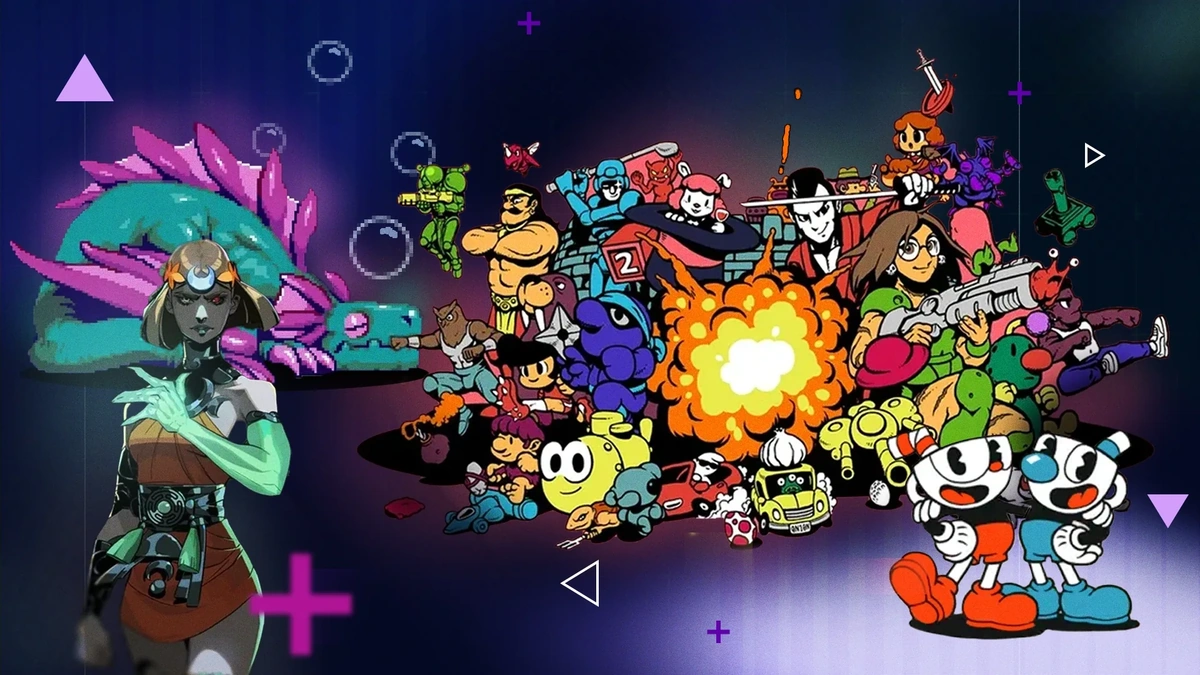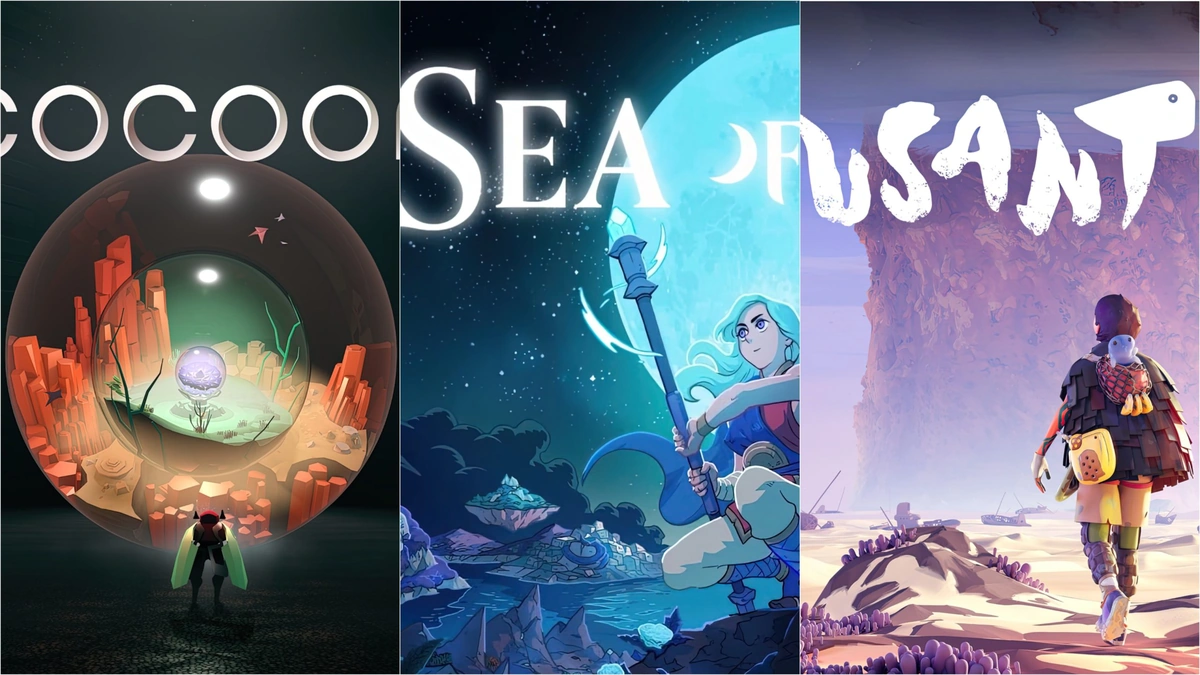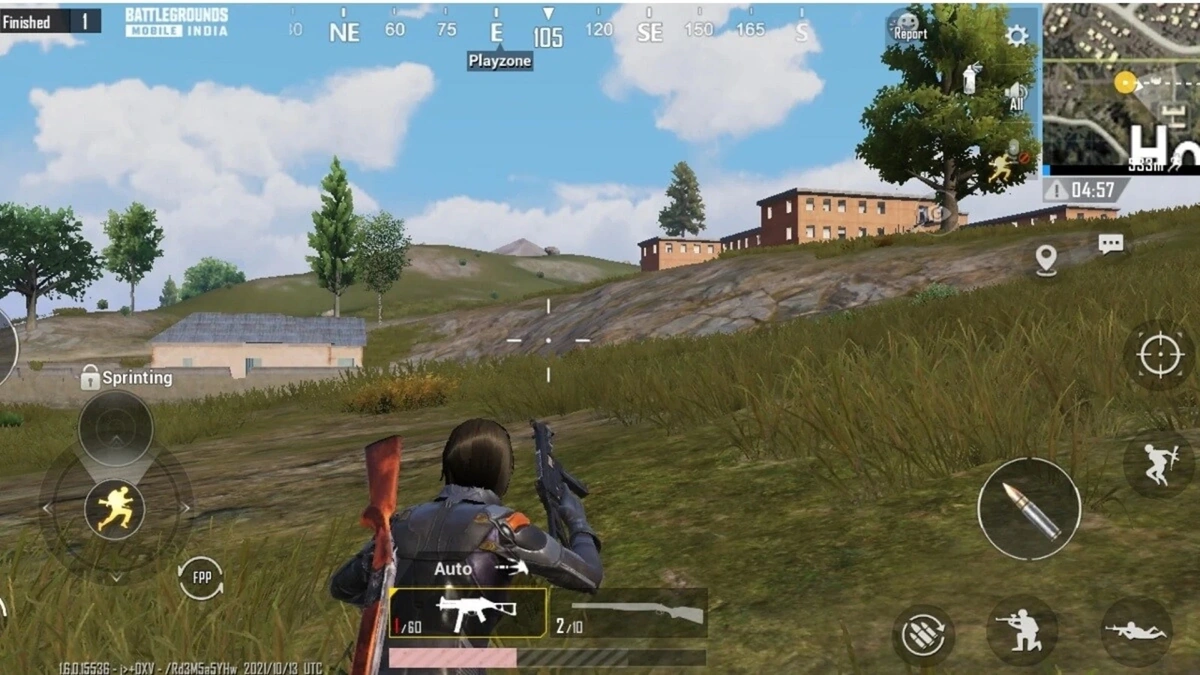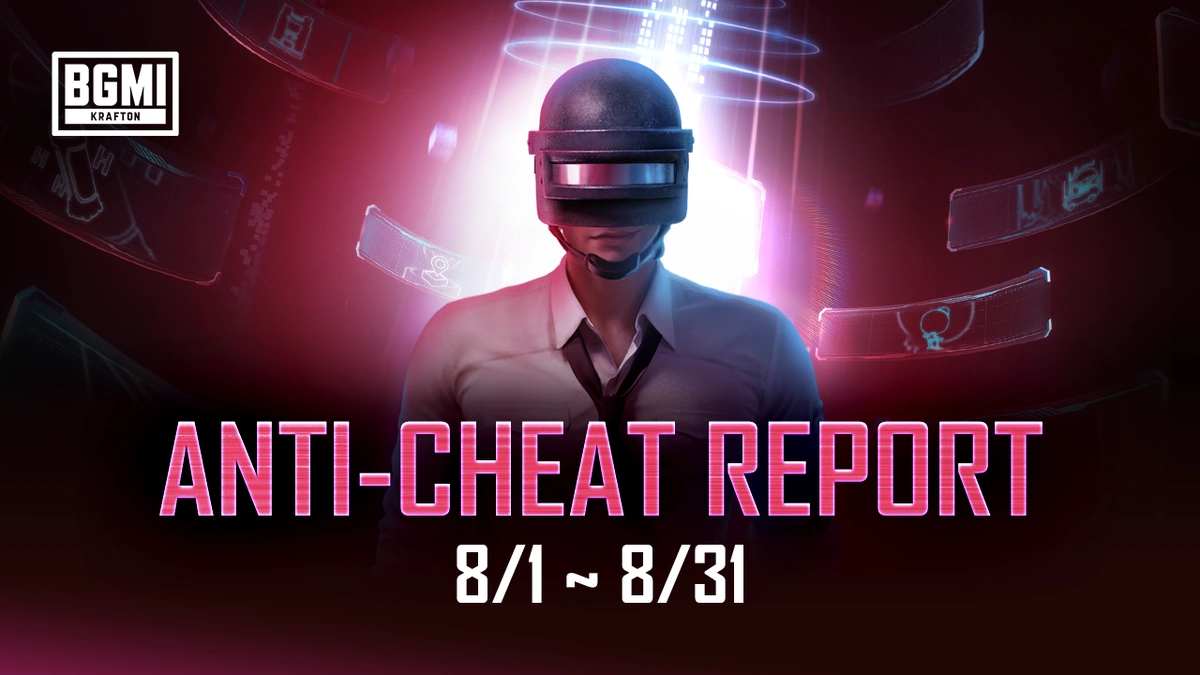So, KRAFTON – yeah, that KRAFTON, the folks behind the global phenomenon PUBG (or BGMI, as we lovingly call it here) – is doubling down on its commitment to the Indian gaming scene. And how are they doing it? Through the KIGI program. Specifically, KIGI Cohort 2. But, here’s the thing: it’s not just about throwing money at developers. It’s a carefully curated initiative designed to nurture and propel India’s burgeoning indie game developers onto the global stage. What fascinates me is the “why” behind this. Why is KRAFTON so invested in Indian indie games ?
The “Why” Behind KRAFTON’s Indie Game Push

Let’s be honest, the Indian gaming market is exploding. We’re talking a massive, untapped potential just waiting to be unleashed. KRAFTON isn’t just seeing that potential; they’re actively trying to shape it. And they know that the future of gaming isn’t just about AAA titles – it’s about diverse, innovative, and uniquely creative indie games that resonate with specific audiences. Think about the kind of stories we can tell, the experiences we can build, drawing from our own rich culture and heritage. That’s powerful stuff. KRAFTON is banking on the idea that the next global gaming sensation could very well come from an indie developer right here in India.
But there’s more to it than just market potential. The global gaming landscape is shifting. We’re moving towards a more decentralized, creator-driven ecosystem. And KRAFTON, with its deep pockets and global reach, wants to be at the forefront of this revolution. By investing in indie game development , they’re not just supporting individual studios; they’re investing in the future of the entire industry. It’s a strategic move, a long-term play, and, frankly, a pretty smart one.
And let’s not forget the importance of cultural relevance. Games developed by Indian creators, for Indian players, have a distinct advantage. They understand the nuances of our culture, the things that make us laugh, the stories that move us. This cultural resonance is something that global studios often struggle to replicate. KRAFTON recognizes this, and they’re betting that Indian indie games will be the key to unlocking the full potential of the Indian gaming market.
What KIGI Cohort 2 Actually Offers
Okay, so we know why KRAFTON is doing this. But what does the KIGI program actually offer to these budding indie game studios ? Well, it’s a multi-faceted support system designed to address the unique challenges that indie developers face.
First, there’s the funding. Obviously, money is crucial. KIGI provides selected studios with financial assistance to help them bring their visions to life. But it’s not just about the money. It’s about the mentorship, the guidance, and the access to KRAFTON’s vast network of industry experts. Imagine having the opportunity to learn from some of the best minds in the gaming world – that’s the kind of value that KIGI brings to the table.
And then there’s the marketing and promotion. Let’s be real, getting your game noticed in today’s crowded market is tough. KRAFTON helps these indie developers get their games in front of the right audience, both in India and globally. They leverage their marketing expertise and their extensive network of partners to create buzz and drive downloads.
But perhaps the most valuable aspect of the KIGI program is the sense of community. It brings together a group of talented and passionate indie developers , creating a supportive and collaborative environment. This allows them to learn from each other, share ideas, and overcome challenges together. And that, in my opinion, is priceless.
The Challenges Facing Indie Developers in India
Despite the growing opportunities, indie game development in India still faces its fair share of challenges. Access to funding is a major hurdle. Many indie developers struggle to secure the financial resources they need to get their projects off the ground. And even when they do secure funding, it’s often not enough to cover all the costs of development, marketing, and promotion.
Another challenge is the lack of infrastructure. While India’s internet infrastructure has improved significantly in recent years, it still lags behind many other countries. This can make it difficult for indie developers to distribute their games online and reach a wider audience. The availability of skilled talent is also a concern. There’s a growing demand for game developers in India, but the supply of qualified professionals is still limited. This can make it difficult for indie studios to find and retain the talent they need to succeed. KRAFTON is trying to fill this gap by investing in the gaming sector. I think they are moving in the right direction.
And let’s not forget the cultural challenges. Gaming is still not widely accepted as a legitimate career path in India. Many parents discourage their children from pursuing a career in gaming, preferring them to focus on more traditional fields like engineering or medicine. This can make it difficult for indie developers to gain the support of their families and communities.
Looking Ahead | The Future of Indie Games in India
Despite these challenges, the future of indie games in India looks incredibly bright. The Indian gaming market is growing rapidly, and there’s a huge demand for locally-developed content. The rise of mobile gaming has also created new opportunities for indie developers to reach a wider audience.
With initiatives like KRAFTON’s KIGI program, indie game development in India is poised for exponential growth. These programs provide the funding, mentorship, and support that indie developers need to succeed. And as more and more indie games from India gain global recognition, the stigma surrounding gaming as a career path will gradually fade away. The role of a game programmer will be just as respectable as a doctor.
The Indian gaming industry is on the cusp of a major transformation. And indie games will be at the forefront of this revolution. They’ll be the ones pushing the boundaries of creativity, innovation, and cultural expression. They’ll be the ones telling our stories, in our own unique way. And they’ll be the ones shaping the future of gaming in India and beyond. It is very important to develop games that suit Indian culture.
FAQ About Indie Game Development in India
What exactly is an indie game?
An indie game is typically created by individuals or small teams without the financial backing of large publishers. This allows for more creative freedom and experimentation.
How can I get started with indie game development?
There are many resources available online, including tutorials, courses, and game development communities. Start by learning a game engine like Unity or Unreal Engine.
What kind of funding opportunities are available for indie developers in India?
Besides programs like KIGI, there are government grants, venture capital firms, and crowdfunding platforms that support indie game development .
What are some of the biggest challenges facing indie developers in India?
Key challenges include securing funding, accessing talent, and overcoming cultural biases against gaming as a career.
How important is it for indie games to reflect Indian culture?
Reflecting Indian culture can help games resonate with local audiences and stand out in the global market. It provides a unique selling point.
So, the next time you’re scrolling through the app store, take a chance on an indie game from India. You might just discover the next big thing. And you’ll be supporting a community of passionate creators who are working hard to shape the future of gaming. Because, here’s the thing: the future of gaming in India is not just about playing games. It’s about creating them. And that’s something worth getting excited about. This will help grow india .











